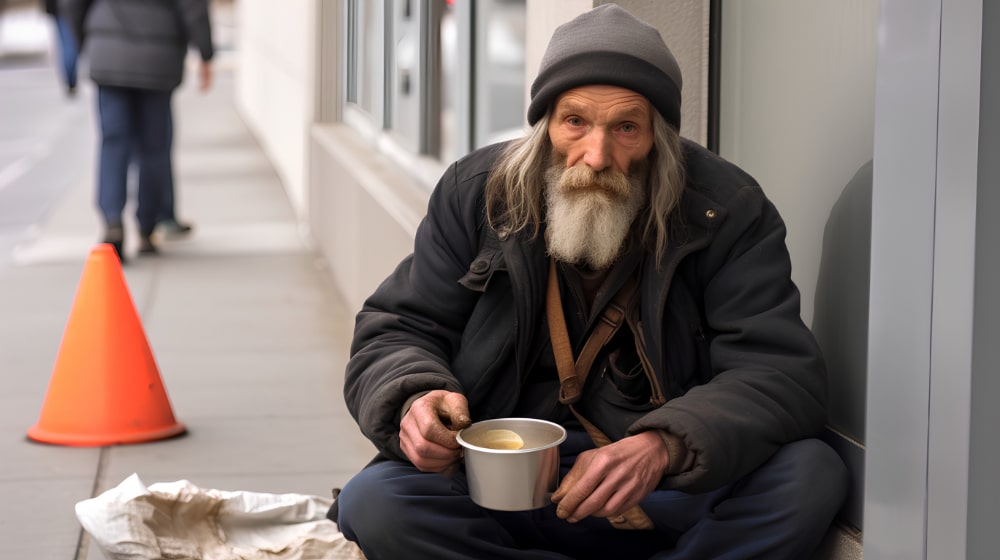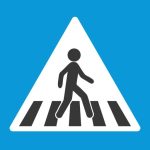RFK’s Plan to Gut Addiction Services

Department of Health and Human Services (HHS) Secretary Robert F. Kennedy, Jr., (RFK) has not made many public appearances since being confirmed by the U.S. Senate on February 14. Before RFK even had a .gov email address, his department had been reviewed by the Department of Government Efficiency (DOGE), freezing hiring and offering 10,000 workforce reduction buyouts.
On March 27 — six weeks into the job — RFK announced a freeze on $11 billion of already-allocated funding for the current fiscal year. The HHS funding freeze has been particularly painful for mental health services and addiction treatment services. In an instant, states lost massive amounts of funding, resulting in broad-based closures of addiction treatment facilities. New York State lost $300 million earmarked for county health departments. Colorado’s Behavioral Health Administration lost $250 million. The list goes on.
Nothing has been more damaging to addiction recovery in the U.S., however, than the near-elimination of SAMHSA, the Substance Abuse and Mental Health Services Administration. Since it cannot be eliminated due to an act of Congress, RFK is instead defunding SAMHSA and absorbing it into HHS’ new Administration for a Healthy America (HAHA). SAMHSA has funded a great deal of addiction research, collects addiction statistics, operates the 988 Suicide & Crisis Lifeline, and distributes lifesaving Narcan to hospitals and clinics, among many other programs.
There was great interest, therefore, in RFK’s Thursday, April 24, appearance at the Opryland in Nashville, Tennessee, for the Rx and Illicit Drug Summit. RFK faced jeering protesters, reports StatNews, and had to stop his half-hour presentation five times due to noise and commotion. Nashville television station, WSMV, described RFK’s “new national approach” to drug treatment:
Kennedy’s approach is centered around rebuilding a sense of community he believes has been lost in America because of technology. He said cell phones and other digital media create isolation and lead people to start using drugs.
So instead of Narcan, which The New York Times reports “saves hundreds of thousands of lives a year,” Kennedy thinks kids just need to put down the phone and they won’t start down a path toward addiction. I am not making this up. Not pain, not poverty, but texting and TikToking is what RFK points to as sources of the opioid epidemic.
These cuts are only the beginning, reports The Washington Post, which received a leaked copy of the proposed HHS budget for the coming fiscal year. That document calls for a roughly one-third cut in the entire HHS budget. In exchange for cutting $40 billion from HHS’s $127 billion budget, reports the The Washington Post, RFK will get $500 million to spend on his own priority projects.
The Washington Post points out that rural health services are being hit with the most severe cutbacks:
The rural hospital flexibility grants, state offices of rural health, rural residency development program and at-risk rural hospitals program grants are listed as eliminations under HAHA.
The leaked budget plan includes terminating $56 million for Narcan distribution and training. It will be “zeroed out,” according to The New York Times, along with many other addiction services. SAMHSA’s Narcan push was widely seen as the main cause for the first downturn in overdose deaths in a decade. Now it is feared those numbers will start rising.
The “overdose death map,” included in The Mirror U.S. coverage shows a concentration of fatalities in heavily-Republican states, especially West Virginia, Kentucky, Tennessee, and Louisiana.
Figure 1: Overdose Death Map (Source: The Mirror U.S., Fair Use: Commentary)
As right-wing podcaster Steve Bannon says, a lot of President Trump’s base relies on Medicaid. Many also rely on Narcan to stay alive and rely on addiction treatment to recover. Without those services, there will be more overdose deaths, more uninsured emergency room visits, higher lifetime medical costs, and increased losses due to crime that likely outweigh any savings.
It appears that the current administration’s approach to the opioid epidemic is to stop counting the costs. Nonprofit organizations, faith-based groups, and community groups will struggle to fill the gap in addiction services without federal support. It will require a lot of organizing and communication, especially if they’re trying not to use their smartphones out of fear of becoming heroin addicts.
Written by Steve O’Keefe. First published May 6, 2025.
Sources:
“Trump budget draft ends Narcan program and other addiction measures,” The New York Times, April 25, 2027.
“Internal budget document reveals extent of Trump’s proposed health cuts,” The Washington Post, April 16, 2025.
“Map shows states with most drug overdose deaths as RFK puts an end to life saving narcan program,” The Mirror U.S., April 29, 2025.
“RFK calls addiction, overdose a ‘national security threat’ during Nashville visit,” WSMV, April 24, 2025.
“The relative contribution of outcome domains in the total economic benefit of addiction interventions: a review of first findings,” Addiction, December 3, 2003.
Image Copyright: sveta1504.




